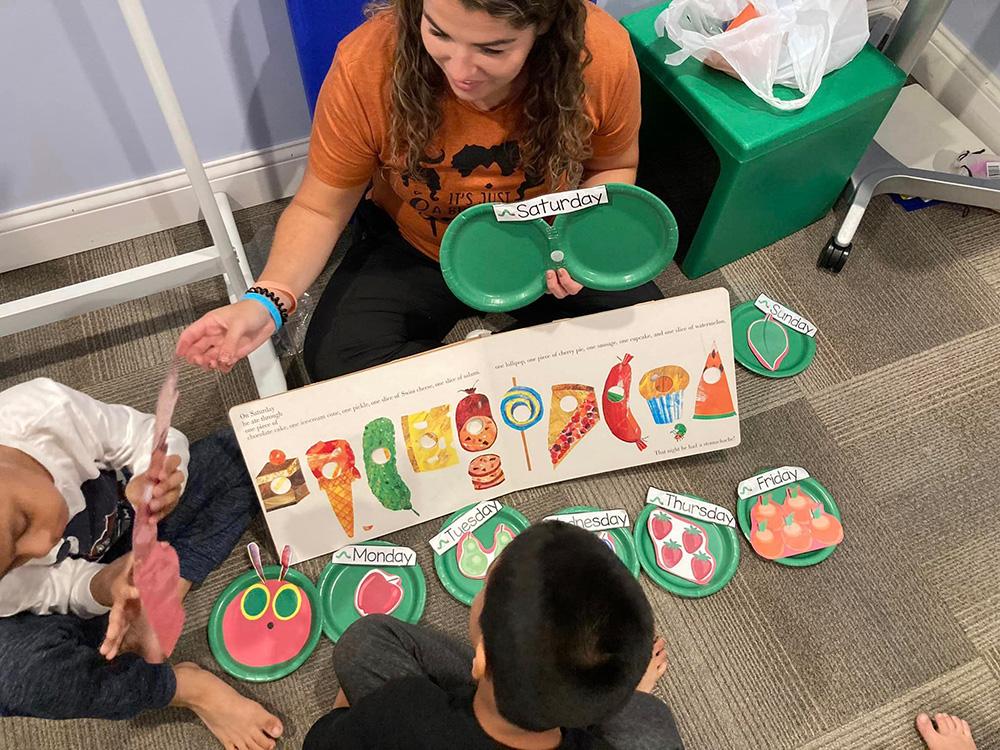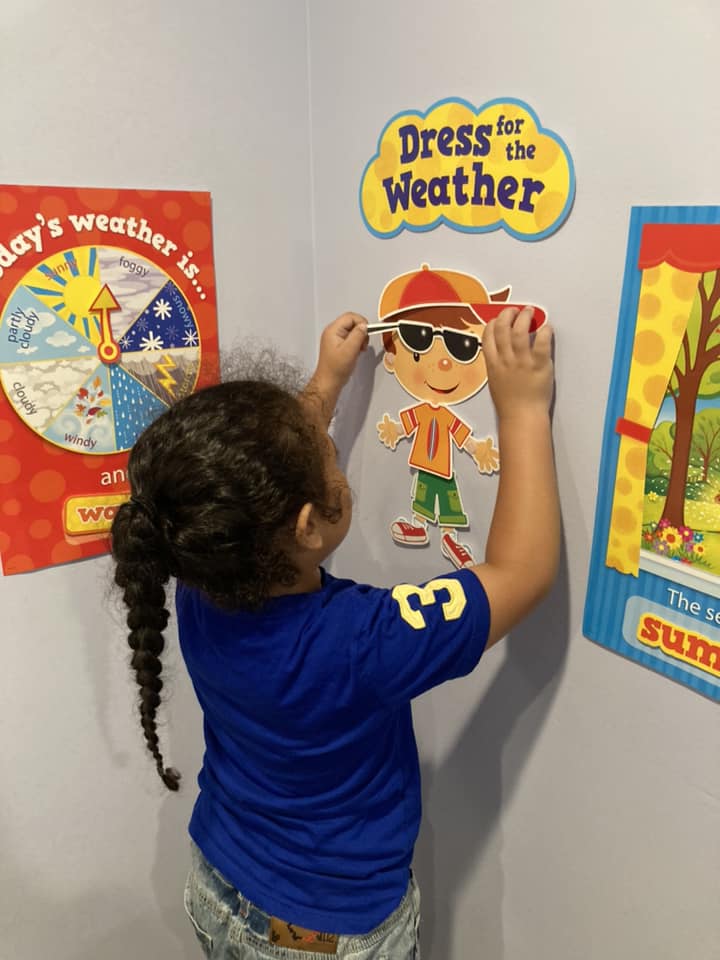CTC’s Classroom Connections is a therapeutic program that implements early learning classroom objectives and teaches school readiness skills to children that will be entering kindergarten and or 1st grade. Providing supportive interventions from Applied Behavior Analysis, Occupational Therapy and Speech Therapy, Classroom Connections equips our children with skills needed for a successful transition into a grade school setting. Classroom Connections provides 1:1 support while they participate in school like routines and activities.
Often one of the biggest hurdles a child entering school for the first time is learning how to tolerate the drastic change of sensory stimuli in a school’s environment. Improving sensory regulation while simultaneously learning new concepts and skills is no easy feat. Bells ringing, intercom announcements, whole school ensembles, fire drills, participating in gym, music and art class, along with the many transitions in/ out of their classroom can be overwhelming and challenge a child’s level of participation. Classroom Connections provides multi-sensory supports to assist your child with improved sensory regulation and readiness for school and classroom environments. Familiarity of sights, noises, transitions and other environmental influences the child has participated in during Classroom Connections provides a good foundation for recognizing these experiences in a new environment and understanding behavior expectations.
When is your child ready for school?
- Some school readiness skill expectations are:
- Independent in toileting
- Able to dress themselves
- Understands expected levels of behavior
- Confidence and self-esteem
- Can take turns and share
- Can sit still for a short period
- Can separate from parents/care givers
- Communication and language skills needed to communicate needs and listen to others
- Can actively learn and creatively and critically think.
Classroom Connections targeted fundamental skills:
- Turn taking
- Peer communication and conversation
- Emotional and behavioral regulation
- Receptive and expressive communication
- Circle time
- Transitions
- Lining up upon request
- Classroom routines
- Working at a desk
- Group games and activities
- Following group directions
- Independent work
- Raising hand
What can parents do at home:
- Reading books to your child
- Spending time with your children
- Creating routines
- Encouraging and answering questions from your children
- Engaging in reading and counting activities
- Familiarize children with the world around them
- Promoting play that helps to develop skills
- Encouraging responsibility





